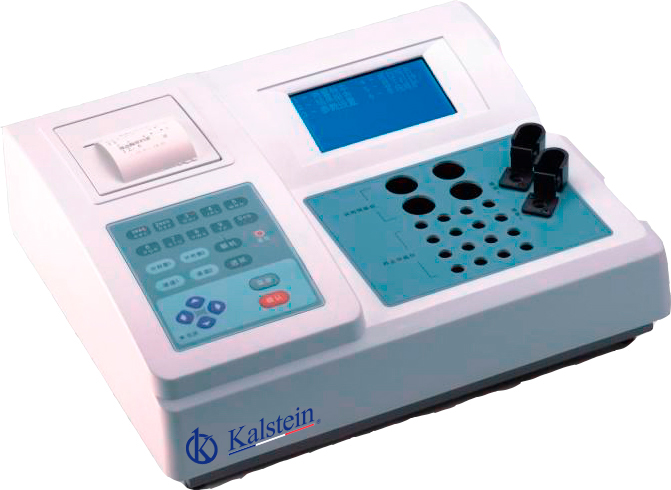Blood chemistry is the measurement and reporting of dissolved chemicals in the blood. Their study provides information to the doctor through a series of tests about the metabolism in the human body and the functioning of some organs.
It mainly provides information on parameters that help the doctor to know the liver, kidney, pancreatic, and heart function, among others. The study of blood chemistry helps us to confirm a diagnosis as well as monitor the treatment and evolution of a disease.
What is the goal of a blood chemistry?
Tests that include blood chemistry are very commonly used studies, which aim to:
- Give information about the health of the patient in general.
- Check the functioning of certain organs such as the kidneys, liver and thyroid.
- Know the balance of electrolytes or salts in the blood such as sodium, potassium and chlorine.
- Help diagnose multiple diseases.
- Check how some treatments affect certain organs.
- Keep track of various diseases.
What is a laboratory analyzer?
The laboratory analyzers used for these determinations are called biochemistry or clinical chemistry analyzers, these are instruments that perform tests on clinical samples such as blood serum, plasma, urine and cerebrospinal fluid to detect the presence of analytes related to diseases or drugs. Clinical chemistry analyzers are used in a variety of settings, including small clinics, research labs, and high-throughput hospital labs.
Analytes commonly include enzymes, substrates, electrolytes, specific proteins, drugs of abuse, and therapeutic drugs. The results provide physicians with information on kidney, heart, and liver function and toxicology.
What are the measurement methods of a biochemistry analyzer?
There are several analytical methods of measurement. They are divided into two categories:
- Optical techniques:
- Colorimetry: it is the most common method. The sample is mixed with the appropriate reagent to produce a reaction that results in a color. The concentration of the analyte determines the intensity of the color obtained.
- Photometry: light is projected onto the sample with a suitable wavelength, while a photodetector, located on the other side of the sample, measures the amount of light absorbed. It is directly related to the concentration of the analyte in the sample. Principles: absorbance, turbidimetry, and fluorescence.
- Electrochemical techniques: through direct potentiometry where ion selective electrodes (ISE) are used for the determination of ions in samples and also indirect potentiometry. Not forgetting that a biochemistry analyzer can offer several measurement principles.
How to choose the right biochemical analyzer?
Your choice of chemistry analyzer will depend on the types of tests you want to perform and the performance you require. Other factors include sample handling, degree of automation, data management, operating costs, footprint, and whether the machine can handle micro-volume samples.
At Kalstein we are MANUFACTURERS that is why we offer you excellent laboratory analyzers, at the best PRICES on the market and designed with the best technology. That is why we invite you to take a look at the “Products” menu. HERE

